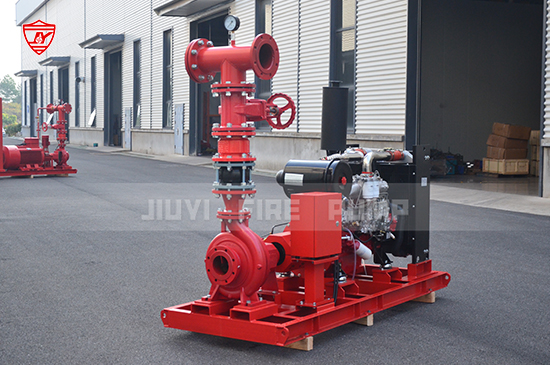Routine fire pump testing is critical to ensure reliable fire protection. According to NFPA 25, fire pumps should undergo regular performance evaluations to verify they can supply the necessary water flow and pressure during an emergency. However, testing fire pumps traditionally requires flowing water at system demand — which can be disruptive, costly, and potentially leave buildings temporarily vulnerable during the test period.
For facilities that cannot afford system shutdowns — such as hospitals, data centers, high-rise buildings, or mission-critical infrastructure — fire pump testing without system shutdown becomes essential. This article explores safe, effective, and NFPA-compliant methods to test your fire pumps without interrupting service.
Fire pumps are the heart of many fire protection systems, especially in large or high-risk buildings. They must start automatically, provide the correct flow and pressure, and perform as designed under emergency conditions. Testing verifies:
Proper startup and automatic operation
Required pressure and flow performance
No leakage or unusual noise
Condition of mechanical and electrical components
Compliance with NFPA 20 and NFPA 25
Typical fire pump testing involves full-flow testing through a test header or discharge outlet. However, this approach:
Requires flowing large volumes of water
Can overtax drainage or waste systems
May trigger alarms or sprinkler heads
Demands temporary system shutdown or isolation
Can lead to increased water bills or environmental concerns
These challenges have led to increased interest in no-disruption fire pump testing techniques.

Bypass flow meter testing, as permitted by NFPA 25 (2023), Section 8.3.3, allows fire pumps to be tested without discharging water outside the system.